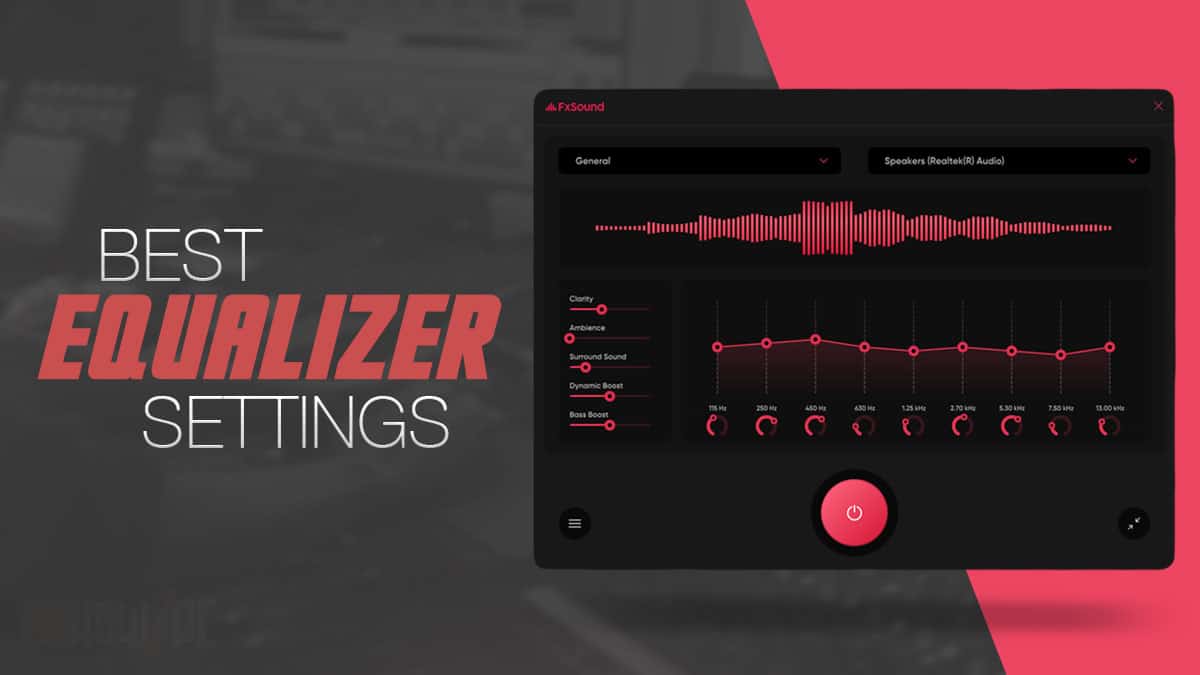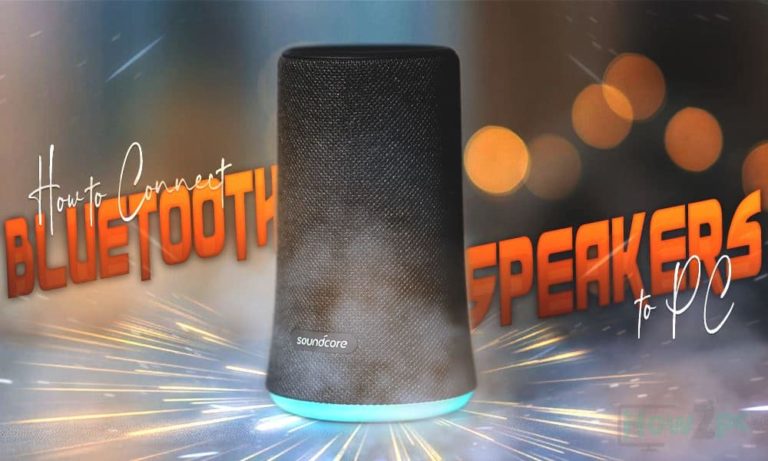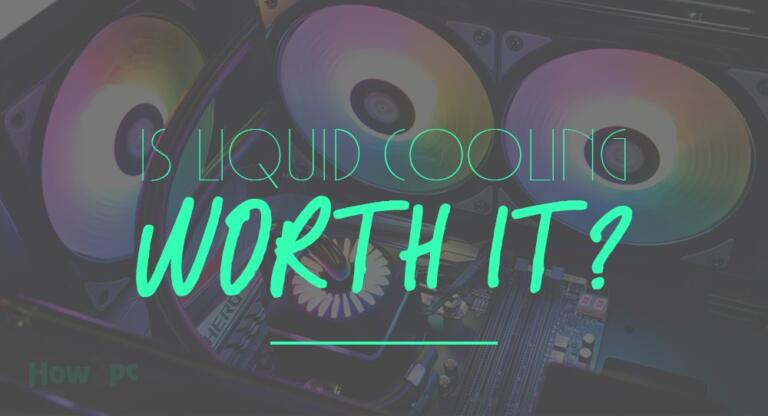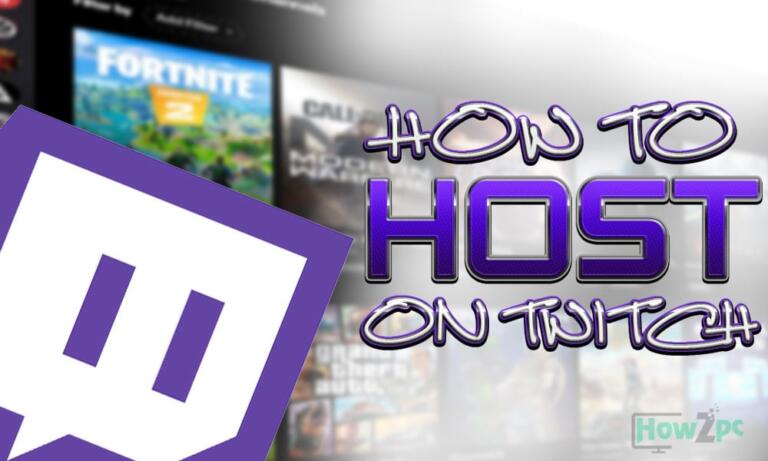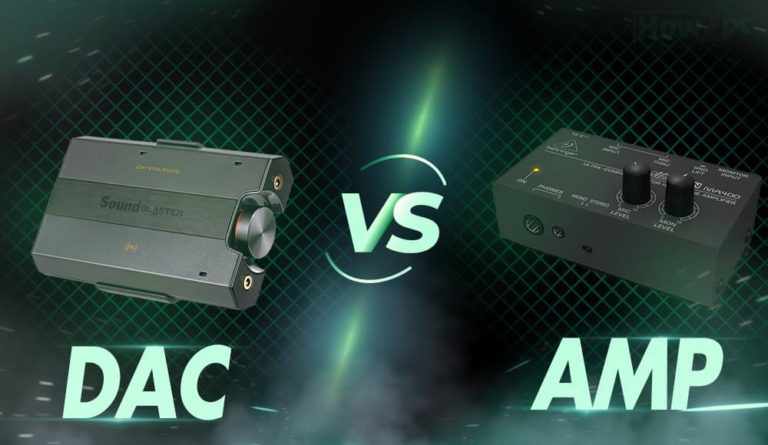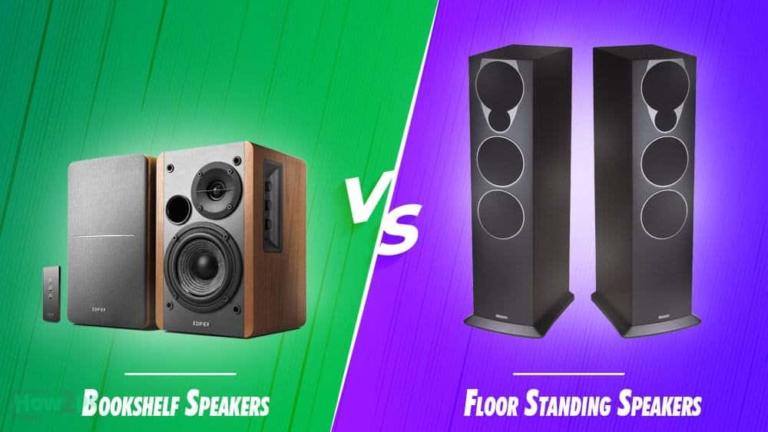EQ settings can transform the listening experience. Are you in search of the best equalizer settings that will take your audio listening experience to the next level?
Well, then you might have stumbled upon the article you need because this article will contain the following:
- What is an EQ
- An in-depth explanation of sound frequencies
- Best EQ settings for different types of genres
- How to implement EQ setting on your device
Basically, in this article, you are going to get the full spectrum of everything you need to know about EQ settings.
I hate to admit it but if you are here in the expectation of finding a single best EQ that works for all types of audio then afraid you are looking from the wrong perspective.
There can never be a single EQ that works for all headphones and all genres of audio. There can however be the best EQ setting that you can use for a particular genre of audio or a given situation and that is what I am going to tell you about.
You see, the term EQ is highly overused with a vague interpretation which creates the false belief in people that a single EQ can work for all sorts of audio and headphones.
That is complete bollocks, and I don’t blame you for falling into that trap because honestly most of us do when we are starting out.
With that said it’s time for a refresher on EQ. So, delete all your previous EQ’s and let’s begin, shall we?
What Is an EQ?
An EQ short for equalizer is a feature that allows the user to increase or decrease certain frequency ranges of the sound. This alteration in the frequency range is done to modify the sound and undermine some of the shortcomings of the headphone.
Equalizer setting is a process by which you get full control over sound frequencies ranging between 20Hz and 20000Hz. You can boost certain frequencies, recess others basically do as you please to alter the sound according to your liking.
What Is a Sound Frequency?
Sound waves that are generated are transported in the form of certain frequencies. To put in simple audio terms, frequency is the time taken by the sound waves inside the driver of your speakers to complete a full cycle.
Technicality aside all you need to know is that the different sounds we hear are because of the low, mid, and high-frequency ranges. They each deal with a specific audio cue in the music.
The following is an in-depth explanation of the frequencies between 20-20000Hz and how these impact the sound we hear.
- 20Hz to 64Hz: These are the lowest frequencies of the bunch and hence can be associated with the sub-bass sounds. This is the frequency range where you will hear the hum of the drums.
- 64Hz to 250Hz: This is the frequency range that represents the thud of the bass that you are hear coming from your sub-woofer.
- 250Hz to 600Hz: This frequency range represents the transition from the bass to the mids. You can call these the low-mid frequencies. This is the frequency range that caters to the sound of musical instruments like guitars and pianos.
- 600Hz to 3000Hz: The sound represented by this frequency is called mid-range. Vocals are the most prominent of this frequency range.
- 3000Hz to 8000hz: This region is called the upper-midrange and marks the transition from the mid-range frequencies to the high. This frequency range does not carry any specific sound characteristics and here you will find a mix of different musical instruments.
- 8000Hz – 12000: This is the high-frequency range where all your treble sounds reside. The upper-pitched sound of the guitar, piano, and other musical instruments are located here. Many female vocals also carry a lot of information in this range.
- 12000Hz – 20000Hz: This range is denoted by the extreme high frequencies. Although a human ear can theoretically hear up to 20000Hz, most of us have far limited hearing capability than otherwise denoted due to a plethora of factors age being the most prominent one.
YOU MAY ALSO LIKE:
Best DAC Amp Combo
Best Equalizer Settings for Different Genres of Audio
Now that you know all the technical bits and also how know each frequency range works, you are fully geared up to utilize equalizer settings to enhance your audio listening experience.
One thing to note, I will take this portion a little differently. Along with providing you with the best equalizer settings for that audio genre, I will also show you how you can alter it to tailor it according to your headphone and sound setup.
This is necessary because my headphones and audio setup might not be the same as yours hence sound variations can occur. Therefore, it is important to know the basics to tweak the EQ according to your preference.
With that out of the way, let’s begin with our best equalizer settings for different genres of audio that will elevate your listening experience.
Best Equalizer Setting for Bass
Bass is that category of sound that attracts many avid music listeners who want an energetic sound. If you are an unsatisfied bass head and feel that your headphone is lacking that oomph, then an equalizer setting can help fix that.
When it comes to configuring equalizer setting your bass you have to keep in mind that bass frequency lies between the 20 and 250 range hence.
For increased bass, you have to turn these frequencies ranges up a notch. How much do you need to increase depends on your sound setup and audio equipment?
The following is the best equalizer setting for bass that you can start with and then tweak your way around the sliders.

If you want to tinker around with the slider a bit then make sure to not overdo the sliders because then everything will sound blown out.
RELATED:
Best Surround Sound Headphones
Best Sound Equalizer for Pop Music
Pop is a very interesting genre when it comes to sound tuning and equalization because it uses the mid-range and upper-midrange frequency mostly.
Unfortunately, these days it is rare to come across a headphone that does mid-range particularly well, therefore, emphasizing the need to boost mid-range through equalizer settings.
Mid-range predominantly contains vocals while the upper-mid range contains high-pitched instrument chimes. It is therefore important not to over boost the upper-midrange frequency because then you will only be introducing headache and not the cinema stage presentation we are looking for.
In our best pop music equalizer, we have focused on bringing the vocals to the forefront.

RELATED:
Best Open Back Headphones
Best Equalizer Setting for Hearing Footsteps in Games
A surprise entry into our list of the best equalizer. I felt it necessary to include this because tuning footstep sound for gaming also shares some similar characteristics with Pop Music.
Although this may vary depending on the game, a popular consensus is that the faint footsteps of your enemies are located in the lower-mid region of the frequency range.
To extract the sound of the footsteps we not only need to boost the lower mid-frequency but also reduce the bass.
Reducing bass may take away the immersion of explosions and other impactful sounds but it is a sacrifice that many competitive gamers have to oblige by.
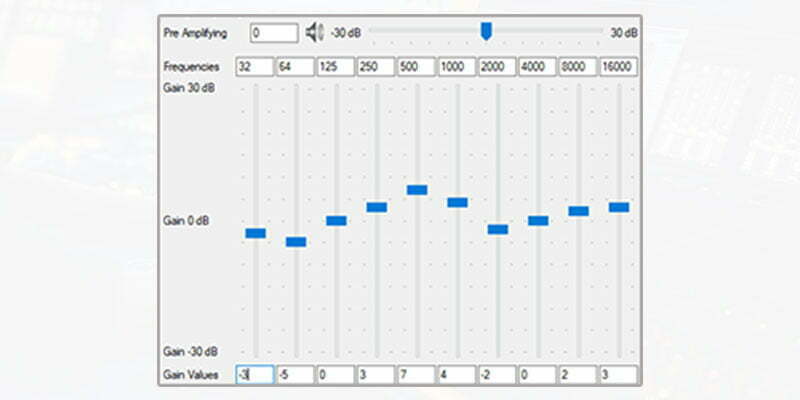
As you can see from our best equalizer setting for footsteps in competitive games the bass is reduced especially the upper bass that contains these loud bangs and thuds.
With the cleaner audio and boosted lower-mid range you will be able to hear footsteps from far away distances something which would be impossible on stock settings.
If you feel like the trade-off in the bass is too much, then you can increase the bass by a notch but make sure to compensate for that by increasing your mid-range frequencies as well.
RELATED:
Best Open Back Headphones for Gaming
Best Equalizer Setting for Classical Music
Being a fan of classic music, you would agree that it cannot be cherished without the proper representation of musical instruments in the sound.
Piano, violins, and acoustic guitars are what add to the beauty of this music genre and the subtle strings from these instruments keep us hooked.
For getting the full-fledge orchestra experience and bringing out these instruments to life try the following best equalizer settings for classical music

I may sound like a broken record at this point, but I am again iterating the importance of not over increasing frequencies especially for this genre of music.
Classical is best enjoyed when instruments are at their peak eloquence and support each other.
YOU MAY ALSO LIKE:
Best Audio Mixers
Best Equalizer Setting for Acoustics
Acoustic music is altogether a different ball game compared to the others. To enjoy acoustics, you have to appreciate the raw sound of the musical instruments.
If you are in that boat, then the following best sound equalizer for Acoustics will help you extract the maximum sound for your genre.

For Acoustics subtlety is not an option therefore as seen for the picture our equalizer emphasizes lower bass, upper mid, and the high frequencies to churn out that rich accords that are to die for.
Best Equalizer Setting for Rock
Adjusting equalizer for Rock music is pretty straightforward. You just have to pump up the low and the high frequencies to get that cracking sound of an electric guitar to tremble your ears.
Ok, I am oversimplifying a bit because if you do incorrectly crank these frequencies up then you will be left with a stingy note rather than a sizzling one. Below is the proper equalizer for this genre of music.

For our best equalizer setting for rock, we left the lower-midrange frequencies as they are. While boosting the low bass frequencies and the upper-mid and the high to achieve that striking impact of the instruments that we are looking for.
Best Equalizer Settings for Electronic Music
In electronic music, the bass and the high frequency are pretty the ones that set the pace of the music. I know you want that sweet rumble of the bass and sizzle of the highs, so the following is the equalizer for that.

The best equalizer for electronic music focuses on elevating the bass and the treble region of your sound. To balance this elevation there is also a slight decrease in mid-range frequencies. Overall, it achieves the balance we are looking for while making digital sounds more prominent.
Conclusion
With equalizer settings for each genre done, it is time to wrap up the article. To quickly summarize in this article, I mentioned the best equalizer settings for popular audio genres across the entertainment and gaming industry.
Before I sign off, I want to iterate that take all of the equalizer settings with a grain of salt because what works for me or that audiophile chap in the forum may not work for you.
Therefore, use these equalizer settings as a reference point and evaluate them according to your sound setup and audio equipment.
Keep one thing in mind that you won’t find the best equalizer for your needs in one go. Therefore, some perseverance is required to run through the trial-and-error process until you finally get to your preferred equalizer setting.
I hope that you will find the equalizers mentioned in this article helpful and make sure to let us know in the comment section down below which of our equalizers did you use. Also, mention your preferred equalizer settings while you are down there.

